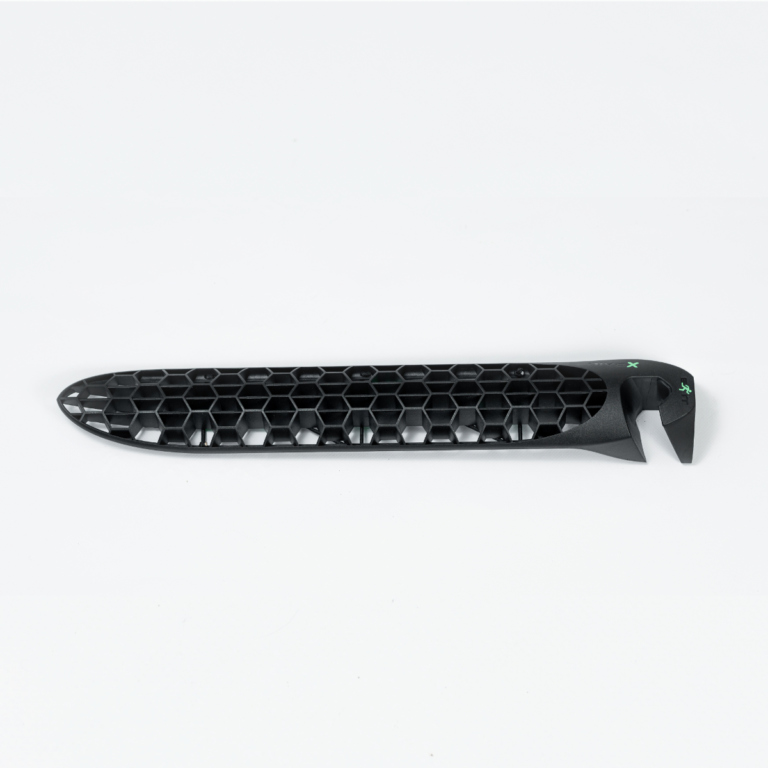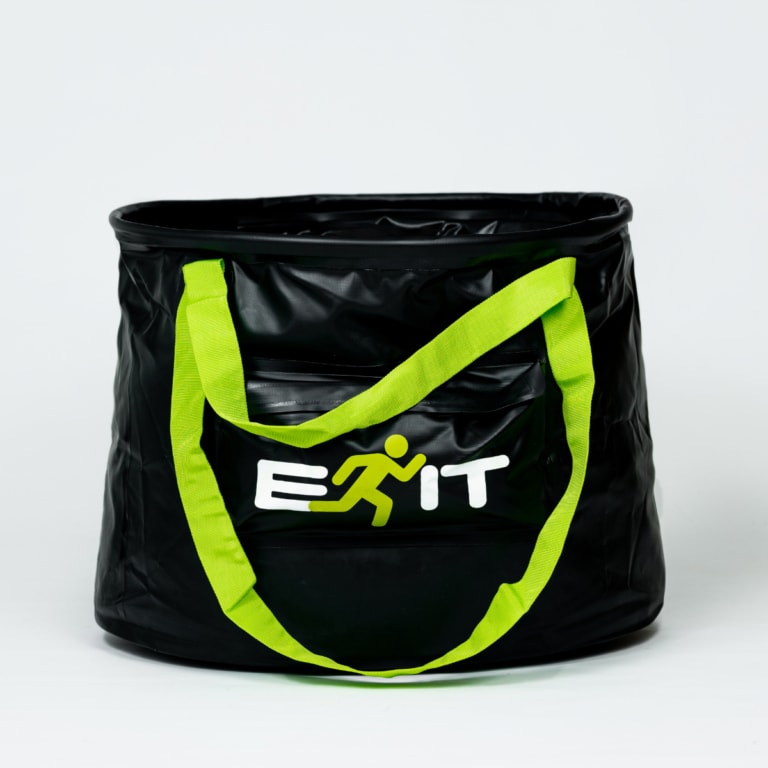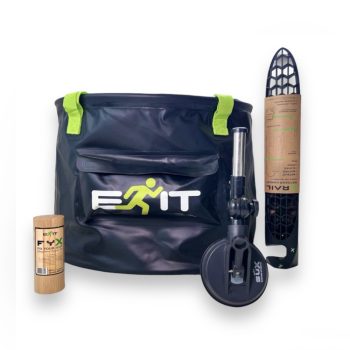Stand up paddle boarding remains one of the most accessible watersports available. Within a short space of time, and with correct guidance, most paddle boarders will be up and riding. But what then? Where can you take your stand up paddle boarding once you’ve learnt the basics? Read on to find out.
Table of Contents
A word on stand up paddle boarding kit.
Of course, you need a SUP board and paddle. Whether you choose a hard shell paddle board or an inflatable is down to your circumstances. Hard boards tend to offer more performance whereas iSUPs deliver convenience.
-
XRail Wetsuit Hanger
€34.90 incl. VAT -
Wetsuit change bucket – the BUX!
€49.90 incl. VAT
You should also consider your paddle carefully as this is the sport’s defining piece of equipment. And what you wear is super important – from a safety point of view if nothing else. How you transport your gear needs to be a consideration (the EXIT BUX works great for this). And if you’re wearing a wetsuit then drying it properly is key. The EXIT XRail wetsuit hanger is perfect.
-
Wetsuit care Premium Bundle
Original price was: €132.90.€99.90Current price is: €99.90. incl. VAT -
Wetsuit care Smart Bundle
Original price was: €114.90.€91.90Current price is: €91.90. incl. VAT -
Wetsuit care Basic Bundle
Original price was: €84.80.€76.90Current price is: €76.90. incl. VAT
SUP safety.
Without sounding like the fun police stand up paddle boarding has seen a boom in participation during recent years. Unfortunately, many of those don’t have experience and go afloat without understanding their environment and what potential hazards may be lurking. Practising SUP safety is therefore a must.
Wearing a coiled leash and quick release belt is the first part. Also knowing how the QR belt works! Not taking on more than you can handle conditions wise is next. It can be tricky to spot what offshore winds are. Even trickier to spot current and tides. Getting a lesson or someone with experience to show you is therefore worth it. Inland waters such as rivers also have their own quirks to familiarise yourself with. The bottom line is don’t become a statistic.
At what point can you progress your SUP riding?
Learning to stand and paddle within sheltered flat water is the first step. After that, being able to control your speed, use a variety of paddle strokes to alter and correct your course as needed is good to get a grasp of. Turning, specifically, shouldn’t be overlooked.
At the point you can sustain all of the above you’re ready to move on. And it’s now that stand up paddle boarding gets really interesting. There are lots of ways to evolve your SUPing. It’s such a wide and varied watersport with plenty to keep you engaged. One thing should be made clear, however, is you don’t need to upgrade your stand up paddle boarding equipment just yet. Swapping to more specialist gear can come later.

1. SUP surfing.
Riding waves on your paddle board is perhaps one of the most fun aspects of SUP you can tap into. Back at paddle boarding’s inception as we know (circa early 2000s) it was thought that SUP surfing would be the focus. In fact, even before Laird Hamilton and co put stand up in front of the masses, oversized surfboards powered by paddles were being used in the Hawaiian Islands to ride waves. The renowned Beach Boys of Waikiki were doing this very thing during the 50s and 60s.
One of SUp surfing’s benefits is the ability to ride less quality waves and out of the way spots. Having a paddle for additional propulsion and a larger board means even ripples can be ridden. This opens up a whole host of new opportunities for riders who can’t always access headline surf breaks. Which isn’t the best course of action anyway. As it stands, however, SUP surfing is one of the least participated disciplines within paddle boarding.
2. Touring stand up paddle boarding (adventure SUP).
Touring SUP – or adventure SUP as it’s now more commonly known – is about simply having fun on the water. It can be (literally) taken anywhere. Touring SUPs are usually longer in length with pointier noses than your standard all round paddle board. But riders can enjoy adventure SUP with whatever equipment they have.
Heading off round the next bend for a family picnic, paddling to your secluded wild swimming spot, navigating distance routes in the wilds or exploring your local waterways. Adventure SUP can mean many different things to many people. The bottom line, however, is about getting out there and enjoying nature, the water and outdoors. With foundational SUP skills, knowledge of your chosen put in and observing SUP safety any paddler past the beginner stage can enjoy this arm of the sport.
3. White water stand up paddle boarding.
Many people often think white water paddle boarding means big volume rivers and adrenaline fuelled runs in extreme conditions. For sure, if you’re skilled and able this is something you could possibly indulge in. For the majority of white water river paddle boarders things are quite so extreme.
When a river is in flow phenomena such as wave trains, rapids and standing waves can be formed. Kayakers have used these features for fun over many years. In recent times stand up paddle boarders have also gotten in on the white water act. As with areas of SUP common sense, observing SUP safety and not biting off more than you can chew are best practices. White water river SUP, however, is a super fun part of the sport to access.
4. Paddle board racing.
If you fancy pitting your wits against others on a race course then SUP racing might be for you. Generally done on flat water races can vary in length, with everything from shorter sprints right up to hardcore endurance.
In reality SUP racing is as much about the social aspect as it is the competition side. Many stand up paddlers use these gatherings as a way to catch up, connect with others and enjoy the company of like-minded individuals. It’s also a great way to enhance your paddle boarding skills. Learning from accomplished riders is a surefire way to develop your own stand up paddle boarding. As a growth area, SUP racing is one of the disciplines which is thriving.
5. WindSUP.
A hybrid discipline of both windsurfing and paddle boarding, windSUP is best described as windsurfing as it once was back in the early days before planing performance took the spotlight. Utilising the high volume of paddle boards SUPs with rig attachments can be used when the wind blows – although it doesn’t need to be gale force.
WindSUP enabled paddle boards can be used in quite light airs and are great for cruising under sail power when it’s a bit breezy for paddling. They’re also good for helping develop windsurfing skills in low wind before applying them to full power windsurfing conditions. And if there’s a wave you can use a windSUP for light wind wave sailing, thereby saving your session when the forecasted conditions don’t materialise. WindSUP can also be a great way to get your kids into watersports.
6. WingSUP.
Just as with windSUP (above) the new fangled way of catching the wind is ripe for the taking if you have a suitable stand up paddle board. Wing foiling is a focus topic within watersports. And there’s no better way of getting used to handling a wing than in combination with a stand up paddle board.
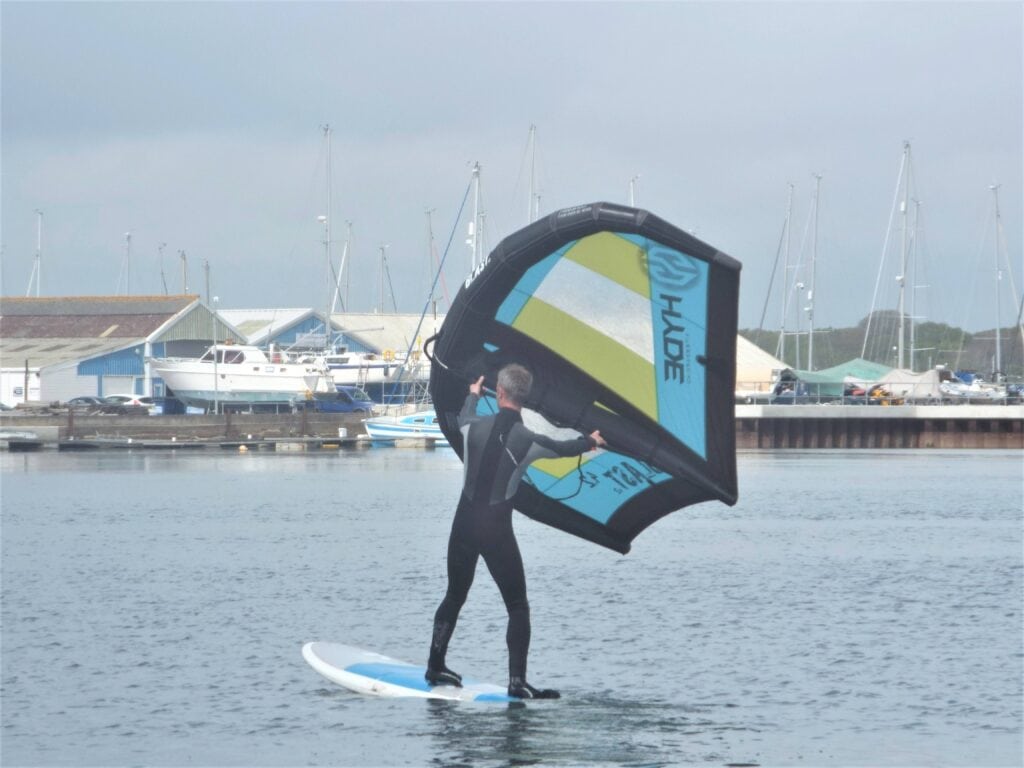
Some brands manufacture specific boards for wing SUP. These often have a ‘drift stopper’ central fin or daggerboard. This halts riders ending up downwind. Instead, wingers get to focus on the task at hand and enjoy being propelled by the wind whilst holding a free moving wing. Unlike windsurf rig inflatable wings have no moving parts and can be stored/transported more easily. This sometimes makes wing SUP a more attractive prospect.
7. Downwind stand up paddle boarding.
Back in the day – pre-2010 – offshore downwind paddle boarding was the pinnacle of SUP’s performance. Pulling on ocean skills, riders would pilot boards from 14’ and up along coastlines whilst being propelled by wind and rolling swell. The idea is to use these long boards to catch that rolling swell and ride it. Sort of drift surfing if you will.
There are still a hardcore few who practise downwind SUP. But it can be tricky. Logistically, it’s a nightmare as you need a way of transporting you and your gear back from the exit point. Which can be quite a way from where you started. And then there’s the size of the boards which can be 17’! Also, the safety aspects of downwind SUP shouldn’t be ignored. Being offshore, in open ocean environments, requires a whole load of preparation and consideration for the consequences should everything go awry.
8. SUP foiling (waves).
An extension of SUP surfing, by way of the latest hydrofoil technology, SUP foiling sees the paddler riding breaking swell in a similar way. The big difference is that foil underfoot boards are elevated. Which increases the efficiency of how long, how far and how many waves can be ridden.
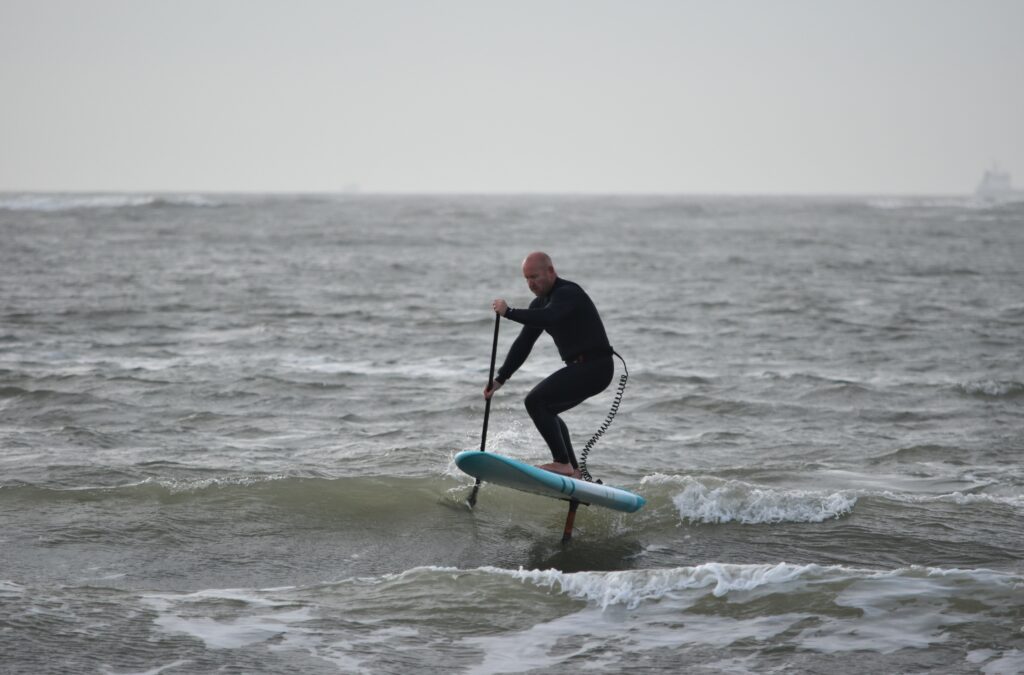
SUP foiling requires the same paddling skills you need for SUP surfing. It’s then a case of working on those foiling skills. It’s tricky but equally can be achieved with perseverance. Once you unlock the sport it can be highly addictive.
9. Downwind SUP foiling.
As with downwind paddle boarding the idea with downwind SUP foiling is to ride rolling swells and bumps. The efficiency of modern hydrofoils, however, allows much smaller and weaker rolling swell to be ridden in places you wouldn’t expect. Whilst downwind SUPing requires big open ocean swell and wind downwind SUP foiling can be done with a lot less juice. Once you’ve developed the skills!
DW SUP foil boards look a little like javelins. They’re often very narrow but with high volume. Designed to release early, with low speed, they do the job expected very well. But it takes some practice to be able to pilot one. And then there’s the actual act of foiling on bumps and staying elevated. It can take considerable time to learn. With lots of pitfalls. However those already into DW SUP foiling will tell you how addictive it can be.
Summing up.
As you can see there are many different ways to take your stand up paddle boarding once you get past the beginner stage. It’s an incredibly versatile watersport. Whicher path you choose to follow we’re sure you’ll have a blast.

